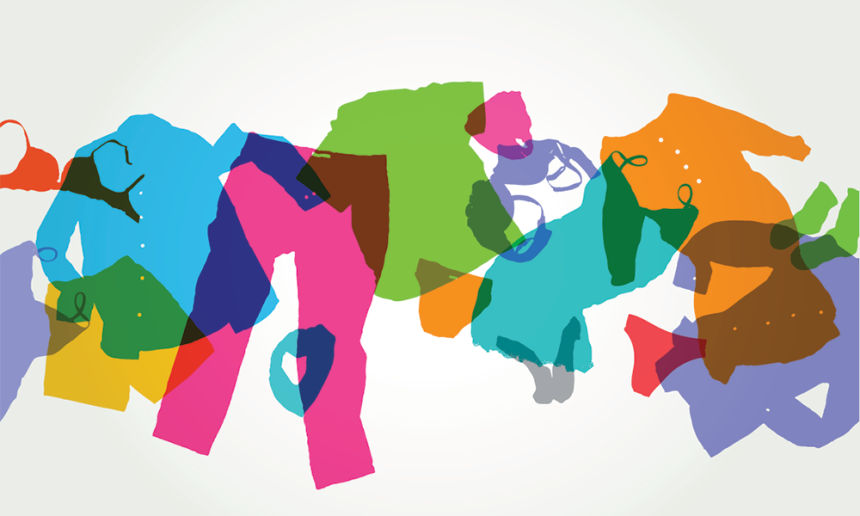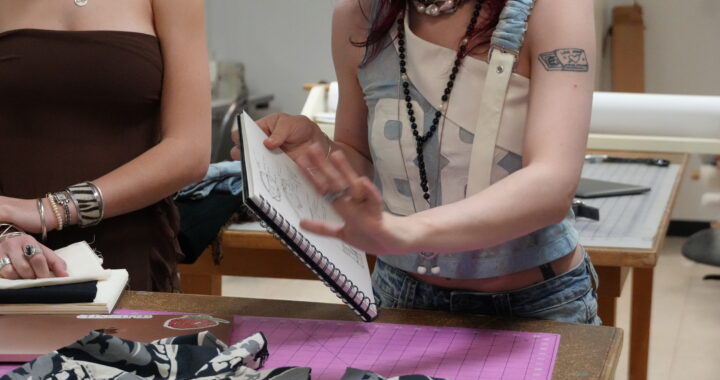By it admin
The other day, I found myself standing at the dryer holding a pair of our son’s neon yellow socks with gaping holes in the heels, wondering what to do with them.
I live in San Francisco, home to one of the most advanced waste management systems in the country. Metal, glass, paper and plastic go into a blue bin for recycling. A green bin accepts kitchen compost and yard waste. Recology, our solid-waste company, now even takes soft plastics like dry-cleaner bags and plastic wrap. Almost everything else — dead batteries, broken furniture, bacon grease — can be recycled with minimal fuss.
In theory that leaves us very little actual garbage. Knowing this, Recology reduced the size of everyone’s black refuse bin by half. When Recology touts “Waste Zero,” it’s part boast and part demand.
Armed with all these ways to organize our cast-offs, I’ve gotten vigilant about our household waste. I fish damp paper towels out of the recycling can where they can spoil the dry cardboard and newspaper. I pull aluminum foil soiled with food residue out of the recycling and put it into the garbage. Most Sunday mornings I find the blue Sunday New York Times wrapper in the garbage and move it to the separate bag we keep for soft plastics. In a Bay Area society where we make a virtue competition out of doing the right thing, I’m sure I’m not alone.
There I stood with the socks in my hands. I’ve read that 1 pound of textiles buried in a landfill releases 7 pounds of C02 into the atmosphere, so tossing them into the garbage was not an option. These Old Navy socks were clearly too far gone; even if I had the time and inclination to mend them, they wouldn’t be worth the effort. So what should I do with them?
We take the still-good clothes our son has outgrown to SF Goodwill along with our grownup clothing that by our estimation has more years of wear in it. We sometimes shop at Goodwill too, so we know that the pair of shorts we no longer need can bring in $7 that can help our Bay Area neighbors who may have fallen on hard times to regain their livelihood.
We’d also read recently that Goodwills around the country were feeling overwhelmed with waste from post-pandemic donors. Along with the serving trays and board games, record albums and lithographs, prom dresses and hiking boots people were bringing to Goodwill were items that were clearly broken, stained, or in such a state of disrepair they could only be taken to landfill — at Goodwill’s expense. I didn’t want my son’s holey socks to end up as Goodwill’s problem.
So I talked with Michael Ware, who heads up Donations and Aftermarket Sales at SF Goodwill and asked him what I should do. “We’ll take the socks,” he said. It turns out that when it comes to textiles, Goodwill can find a use for just about anything as long as it’s clean.
Depleted terry towels, torn bed sheets, underwear that’s lost its elastic, jeans with permanent grass stains — while these textiles can’t be sold in a Goodwill thrift store, they can be baled and put onto the textile salvage market. From there, buyers shred them into a new raw material for carpet padding, car insulation, and other industrial uses. The money earned from the sale isn’t much, but it goes into the Goodwill mission, just like the proceeds from first-quality donations. Since those textiles aren’t gumming up our landfills, it does the earth a good turn too.
My question answered, I put the unholy holey socks into our Goodwill donation box, confident that they would have a second life. Now if I could just keep our son from ruining the next pair.



